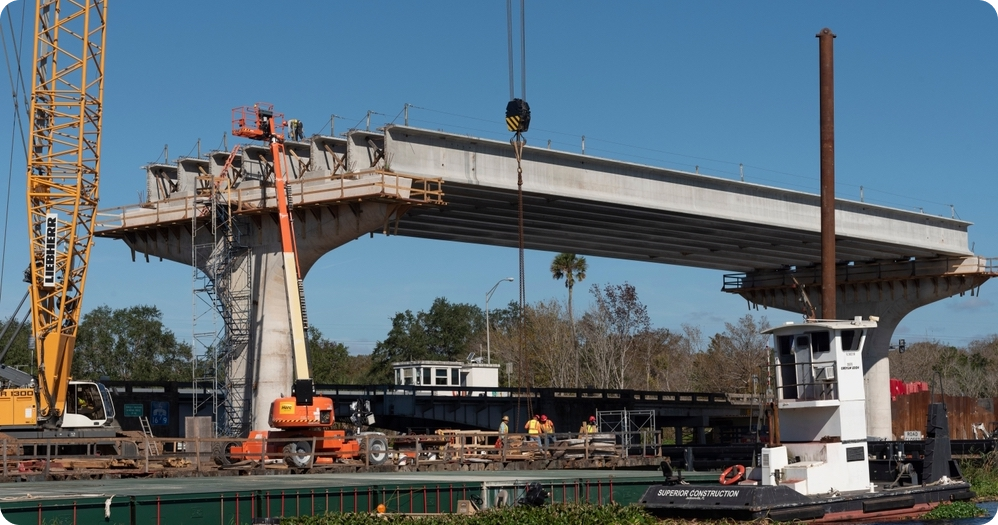Infrastructure investments are a new category in the EB-5 program. They can potentially provide immediate visas to investors from retrogressed countries, and significant economic and quality of life benefits across the country. But infrastructure eligibility is hazy at the moment. Can privately funded projects qualify, or is government sponsorship required? EB5 Investors Magazine spoke with two lawyers about why infrastructure investments, despite their compelling benefits, should be approached with caution.
What is the infrastructure category?
The infrastructure category is a new addition to the EB-5 program, created by the EB-5 Reform and Integrity Act of 2022 (RIA). This category allows for the minimum investment amount by EB-5 investors and aims to support infrastructure development projects across the United States.
Further, 2% of all EB-5 visas are set-aside or reserved for applicants who invest in qualifying infrastructure projects. Set-asides benefit petitioners from backlogged countries who may have to wait several years after petition approval for an available non-reserved visa.
The lack of guidance regarding infrastructure requirements
Corporate attorney Roy Carrasquillo says that there is currently a lack of clarity for both investors and project developers regarding the requirements of projects to be eligible for the RIA set-aside. It remains uncertain whether only government-sponsored projects qualify, or if privately funded infrastructure projects are also eligible.
The absence of clear guidance from the USCIS on whether government sponsorship is a requirement further contributes to the ambiguity.
Carrasquillo sees the category as complex and highly impactful to infrastructure development, job creation, and economic growth across the country. But EB-5 infrastructure investment wont' take off on its own. “It is essential for the USCIS to provide further guidance and clarity on the infrastructure category under the EB-5 program to allow these investments to materialize,” he says.
Immigration lawyer Chad Graham explains that the lack of clarity surrounding the infrastructure category in the EB-5 program is primarily due to its newness. As cases become adjudicated, stakeholders will learn additional policy guidance and best practices.
We will learn from early denials — but don’t test boundaries
Graham reminds us that we generally learn more about new policy from application and petition denials, as unsettling as that may be for the early investors in the infrastructure category.
So investors and project developers interested in the infrastructure category should play it safe for now when it comes to project eligibility, Graham advises.
Thus, without a clear policy, he cautions stakeholders to choose only government-sponsored projects. "The aim of the program,” he declares, “mostly falls within the purview of the government. I would advise against testing the boundaries early on.”
See the EB5 Investors Magazine article “EB-5 stakeholders seek more clarity on infrastructure projects category”





